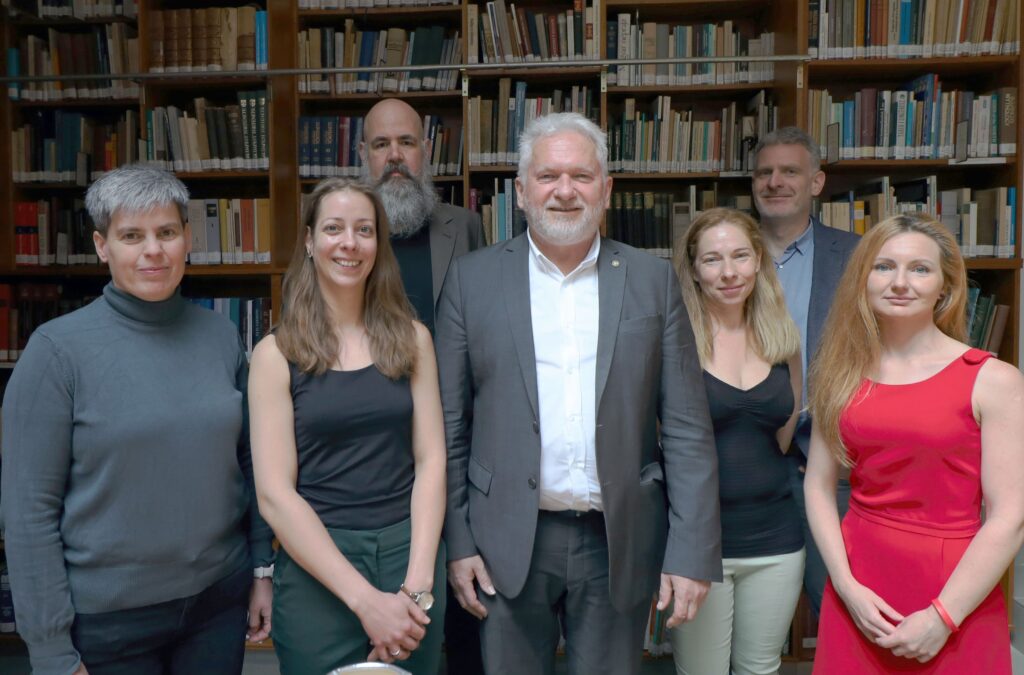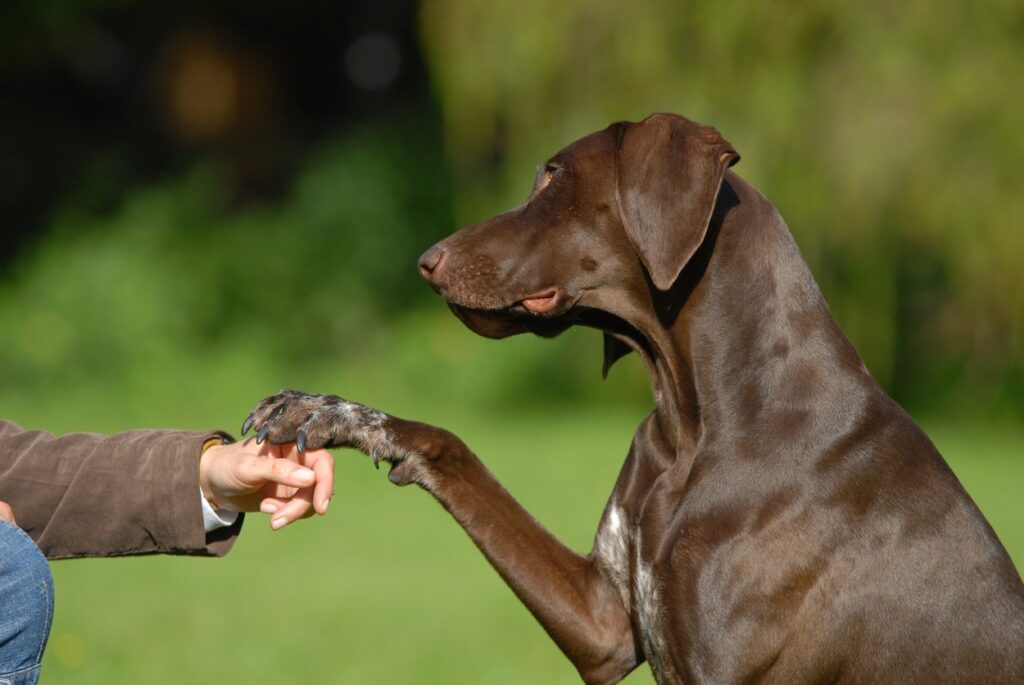Research leader name
Prof. Dr. László Borhy

The research group was established in 1999 with the leadership of Miklós Szabó (member of the Hungarian Academy of Sciences) and has been led by László Borhy (member of the Hungarian Academy of Sciences) since 2012. In the 2022-2027 research period the group will focus on the questions of Romanization, acculturation, and hybridization in the Roman provinces.
The reconstruction of Roman culture and way of life is a complicated task. The annexation of Pannonia, and its integration as a province into the Roman Empire led to the formation of a hybrid population with a hybrid material culture through the fusion of Roman and local indigenous cultures. The century-old concept of Romanization could not explain all aspects of this phenomenon, which led to the long-standing “Romanization debate”. International scholarship has shied away from using the term Romanization and has replaced it with expressions like acculturation, hybridization, globalization, or glocalization, etc. Unlike Romanization, these new concepts indicate a multidirectional process of integration and have taken into account the various processes which followed the Roman colonization of a region: how Roman culture affected local late Iron Age people and how the culture of each of these populations influenced the Roman culture in turn. Through the new focal points of archaeological research, it became apparent that the fusion of Roman and indigenous cultures resulted in distinct and thoroughly local provincial cultures. Despite broad similarities, the material culture of each region is different and unique, and it is exactly this difference that makes it exciting to study.
Downloads
In the course of its expansion, the Roman Empire came into contact with countless people who spoke a wide variety of languages, had very different customs, religious beliefs, and technical knowledge. There were indigenous traditions and skills that Romans found interesting, merged into their own culture, and passed on to other areas of the Empire. At the same time local population was transformed by Roman urbanization, technology, and taste, some of which they refashioned to their own desire. In consequence of the complex process of acculturation, a different provincial material culture emerged in each region, a hybrid combination of Roman and indigenous material cultures. Some elements of this material culture can be regarded as roughly similar everywhere in the Empire, others, however, are unique to a certain region (globalization and glocalization). For archaeological research, the way to move forward is to outline the provincial microhistories of small areas through the analyses of the local Romanized material culture, and through tracing the movement of objects and ideas.
The focus of the research lies in Pannonia and Gallia, with special attention to the civil town and legionary fortress of Brigetio in present-day Komárom, Hungary as well as to the oppidum of Bibracte in Mont Beuvray, France. In both archaeological sites research has been going on with the participation of research group members for three decades.
The aim of the research group is to study the complex scenario of Romanization, acculturation and hybridization in Pannonia and Gallia divided into the following topics: settlement history and architecture (late Iron Age settlements, indigenous settlement structure, urbanization, the appearance of Roman building materials, building techniques, and Roman building types such as amphitheatres, baths and sanctuaries, role of the army), epigraphy and social history (the creation of Roman administration, the assimilation of the indigenous population, the role of commerce and trade routes), and material culture (pottery, glass objects, elements of attire, gaming pieces).
The scientific results of the research group are integrated into the curriculum of the under-graduate and graduate courses of the Institute of Archaeological Sciences in the Faculty of Humanities at Eötvös Loránd University.

Members of the Research Group:
Károly Tankó PhD, senior research fellow
Lőrinc Timár PhD, senior research fellow
Kata Dévai PhD, senior research fellow
Csilla Sáró PhD, research fellow
Linda Dobosi PhD, research fellow
Melinda Szabó PhD, research fellow



